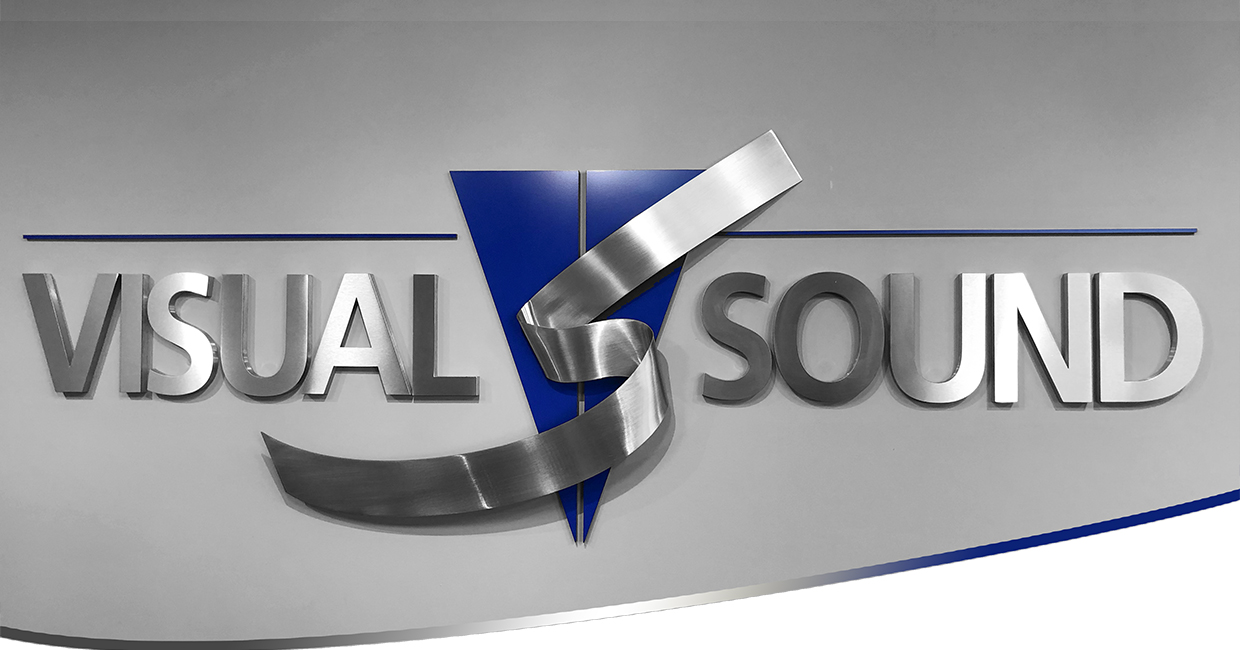Media Vision
Oakland, CA 94608
United States

Dec. 30, 2020 - For most, it’s difficult to remember a time when those first January mornings were met with such widespread relief. In spite of everything, we made it to 2021. As the New Year settles, the Media Vision team is taking a moment to reflect on how the pandemic has shaped the audiovisual industry, while casting our predictions as to where 2021 and beyond might lead us.
Accelerated, but not unprecedented transformation.
The rising tide of digital.
For the best part of forty years, the cogs of the global AV industry had experienced relatively little change; pre-Covid, it had been easy for professionals to gauge and plan for their clients’ needs depending on the particular category to which they belong. Supply chains, too, were so well established that few businesses could have been prepared for the delays and higher tariffs inflicted on deliveries—national and international—during the height of the pandemic.
It would be wrong to treat the trends of 2020 as entirely new phenomena, however. Even before employees became confined to their homes, evolutions were emerging in consumer and corporate habits, via a gradual shift towards the online tools we know so well today. While demands for microphones and other multimedia conferencing equipment remained stable across most sectors in 2019—notably government and education—these were increasingly accompanied by requests for software, such as control panels to place video calls and electronic voting.
In this respect, COVID-19 became the defining catalyst for the digital AV movement, tipping the scales against providers dealing exclusively in hardware. Product rentals for social distancing and SaaS subscriptions soared, while AV integrators, unsurprisingly, saw orders for large-scale installations such as those in airports and concert halls all but diminish.
Desperate times called for creative measures.
AV companies now had to take their lead from clients’ demands for help.
By March of 2020, it was becoming clear that the initial ramifications of the coronavirus would not be as short-term as anyone had expected. The corporate sector—for most conferencing hardware suppliers—took the steepest nosedive in terms of business generation thereafter, with boardrooms empty and the advent of 'home office', which required a different set of tools.
The price of laptops rocketed by approximately 20% vs 2019 due to higher consumer demand than ever before, while Zoom recorded to have seen as many as 300 million daily meeting participants in April, vs 10 million in December of 2019. Comparable growth can be observed with multilingual video conferencing provider, KUDO, who are due to announce the launch of a breakthrough product on January 14th, after a record-breaking year.
Institutions like town halls, universities, and courtrooms—on the other hand—struggled somewhat more with the complexities of remote work, in some cases resorting to using gymnasiums or theaters to conduct socially-distanced meetings safely. As a result, AV professionals operating in these spheres were called on to provide tailored conferencing solutions early in the year, and only those that were quick to adapt to these requests survived.
The end of the traveling salesperson.
A modified production line wasn’t the only challenge faced by AV suppliers in 2020; whereas in-person demonstrations had long been considered a best practice, sales reps were largely forced to present solutions via screens, at a time when ‘webinar fatigue’ was sweeping nations. In March alone, the number of webinars hosted on platforms such as ON24 rose by over 330% vs 2019.
Suddenly, the difference between a client’s decision to buy could come down to the quality of a video—as much as of the product—and measures allowing prospects to watch this content back in their own time became necessary to make up for the growing lack of attendees during live streaming sessions. It's a fair assumption that companies will take, from this, the lesson that the creation of cutting-edge video presentations needs to feature on future roadmaps, if only for efficiency purposes.
As a broader subject, questions may well be asked about strategies with regard to blogs; 2020 prompted many companies to forego pre-written content roadmaps focusing on product features and release more articles aiming to assist users, such as guides to using conference microphones during a pandemic; will this be a temporary mark of support to the wider community, or a long-term direction for players in the industry to adopt with regard to their future content production? Only time will tell.
Virtual support.
Just as the global office working industry learned to work productively from home last year, so did the AV industry field teams learn to support clients and trusted partners from their living rooms, guest bedrooms, and the occasional kitchen counter. 2020 was all about providing efficient office tools and infrastructure to the home technician. This included:
- Daily check-ins for team collaboration
- Remote PC control for commissioning, troubleshooting, and training
- CRM-based ticketing solutions
- IP phone systems and IM chat systems
- Internet speed and bandwidth
- Modern spec PCs with webcam and lighting
- And of course, a solid headset.
Where AV installations and maintenance were concerned, remote technicians, too, needed to place themselves mentally at the job site and use the existing collaboration tools such as FaceTime, Zoom, and Teams to hear and see the space. Additional tech support tools like TeamViewer were then required to see and operate platforms for hardware and software.
All these tools and techniques had, in fact, been available for years, but had previously been kept for emergency use only—clients typically opting for the confidence of having their support teams meet them in person. AV companies that had already adopted a remote support strategy were therefore well prepared for 2020, while others were forced to catch up.
Looking to the future.
There is reason to be optimistic, even for sellers of hardware.
Today, making virus-related predictions is a precarious business, but we are as confident as it is possible to be that slowly, office workers across the board will return to their desks. It is unlikely that we will see a total 'return to normality' in 2021—and it may be wrong to expect that this will ever occur—but by fall of 2021, the vaccine roll-out should have met the demands of the masses, and with it, requests for on-site demonstrations, set-up, and support for large organizations will rise again. This is particularly true of educators, ambassadors, and lawmakers, who will continue to need physical meeting places in the foreseeable future.
In the last quarter of 2020 alone, the unblocking of budgets that had been frozen since February meant that Media Vision's European Team reported a record demand for conferencing equipment in anticipation of the New Year. The difference? Requests were centered on connected solutions for spaces, with integrations to video software in addition to headsets, screens, and microphones. In other words, hybrid environments seem to be the way forward, with certain participants on-site, and others joining remotely.
...
CONTINUED







